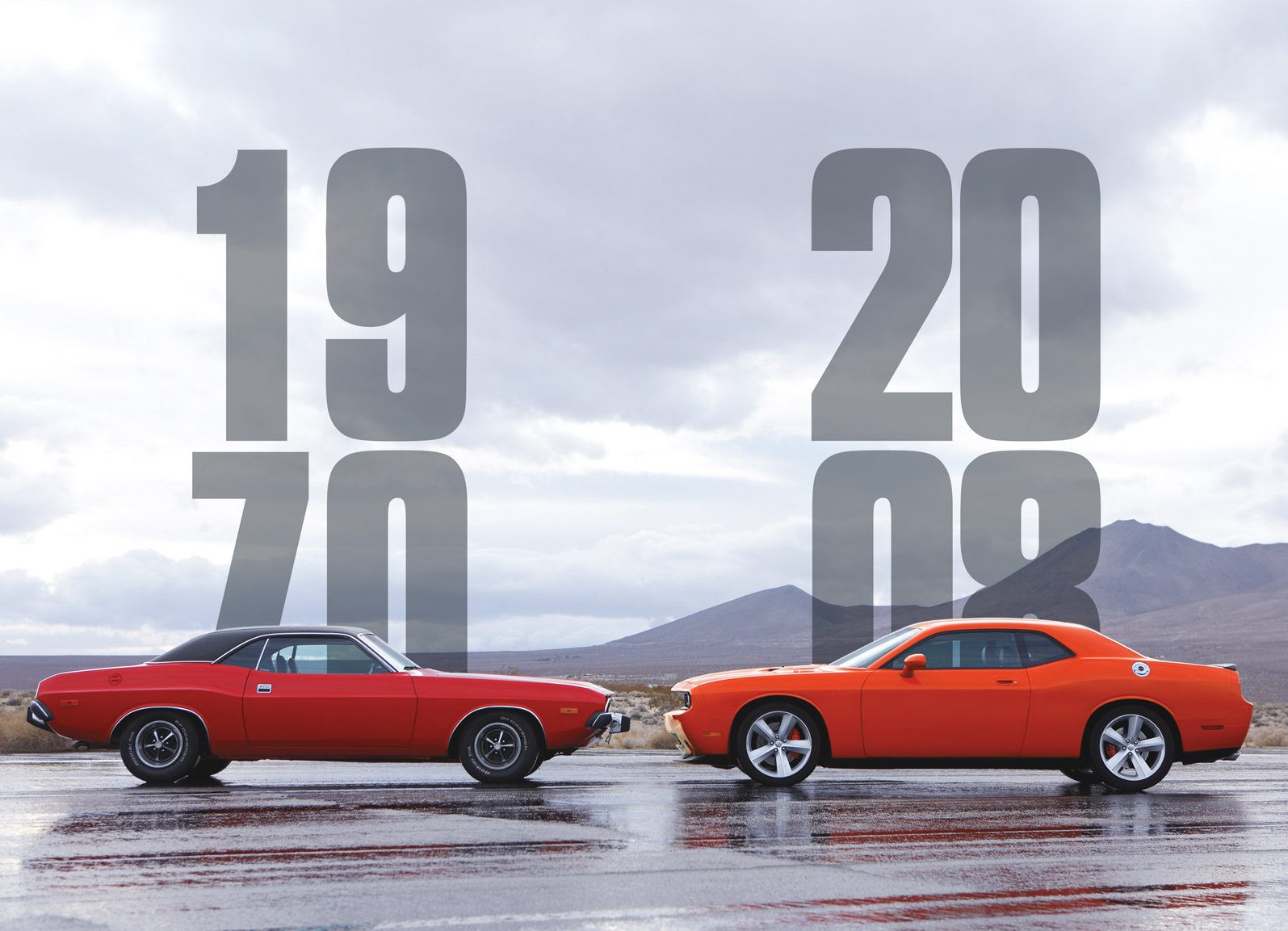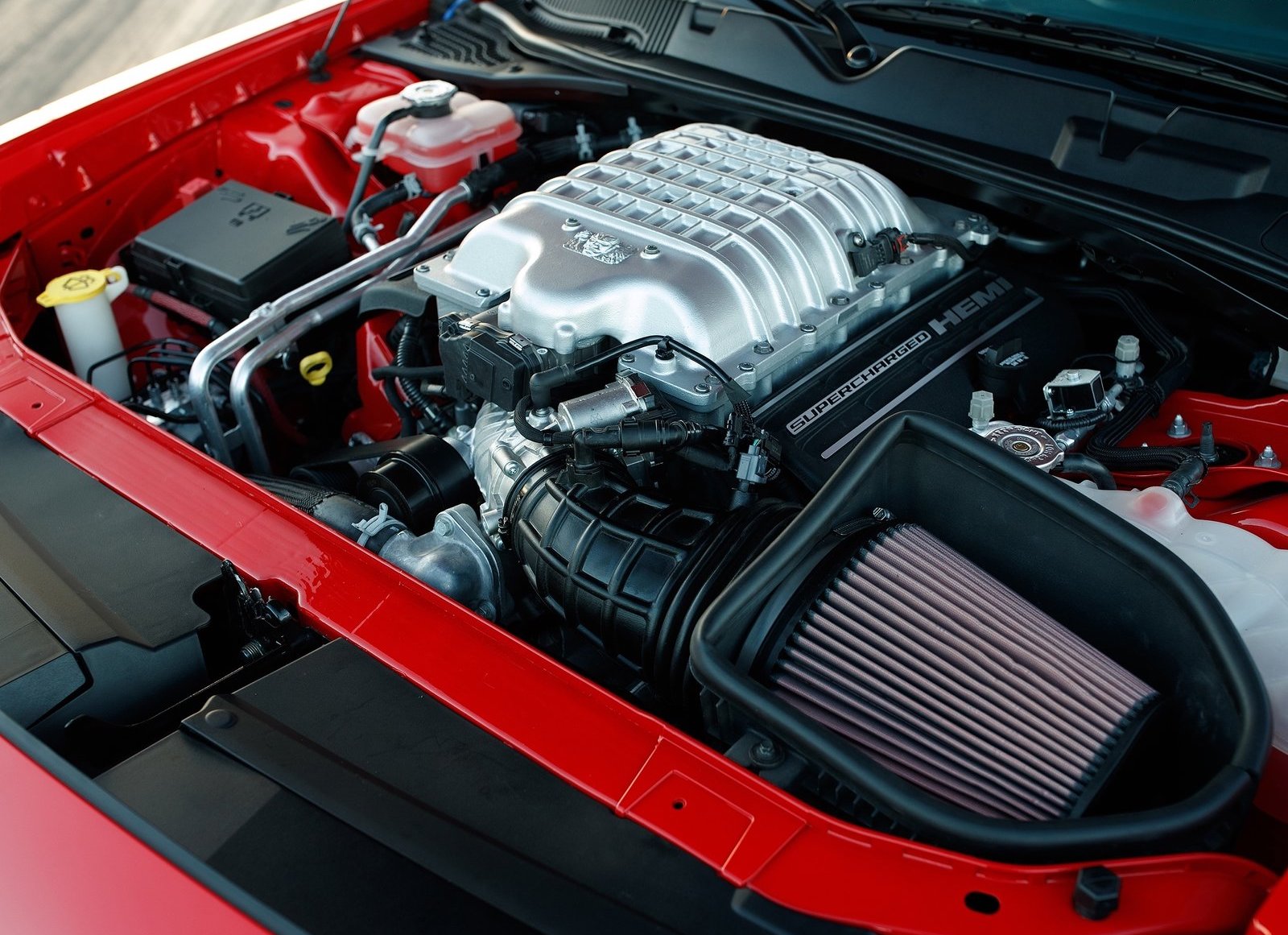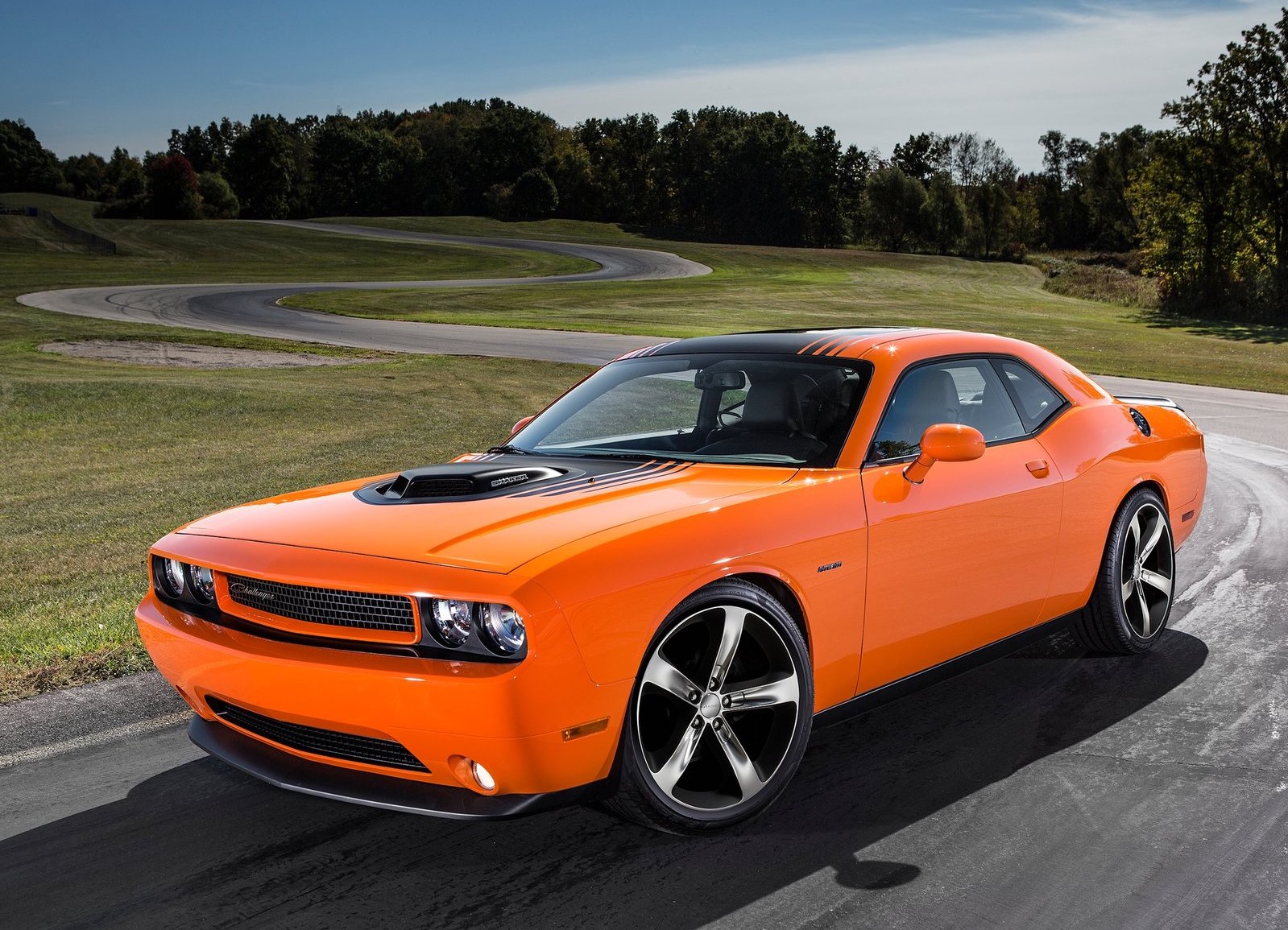Media | Articles
Is this the golden age of the Dodge Challenger?
At times, it is hard to believe it has been a decade since Dodge revived the Challenger nameplate. Since then, Mustang and Camaro have both gone through full redesigns that step further away from classic style cues, while the riotously retro Challenger marches on with more model choices, more nostalgia-tinged options, more horsepower, and more brazen Mopar swagger than ever.
This is a very good thing.
The 1970–74 Challenger sold just over 165,000 cars. Since 2008, Dodge has put about 450,000 modern-era, LX-based Challengers on the road, with roughly half of those having Hemi V-8s. It’s hard not to be awestruck by the sheer number of Challenger models and variants available. Dodge keeps cranking out new versions, most recently the V-6-powered, all-wheel drive Challenger GT and the insane 840-horsepower, 9-second quarter-mile Demon. In case you haven’t heard, the Demon is the only street-legal production car you can buy (or rather, could have bought) that comes with a transbrake and will do a wheelie.
It’s equally amazing to consider the sheer number of good used Challengers available. Clearly, this is the Challenger’s heyday.
Who are you calling a Pony?
Marketplace
Buy and sell classics with confidence

Ford may have started the retro muscle coupe trend with the 2004 Mustang, but Dodge blew it out of the water with the 2009 Challenger. Pure classic design cloaked modern underpinnings, and a new-gen Hemi bellowed like it was 1970, but with a possible 23 mpg on the highway.
Sitting on a 116-inch wheelbase and stretching 198 inches bumper to bumper, the Dodge Challenger is sized more like the old mid-size muscle cars than the pony cars.
It is a bit porky, though. The base V-6 weighs nearly two tons, and the V-8s start at 4300 pounds. By comparison, a V-8 Mustang weighs 3700. Dodge’s answer has been to throw horsepower at the issue. You have a problem with that?
The 1970–74 Challenger, like its Plymouth Barracuda cousin, offered a smorgasbord of options to customize the car into anything the buyer wanted. Today, “build it your way” is still very much a thing, thanks to all the different Challenger versions offered and the selection of options, packages and colors. Owners are already boasting things like “one of 10 made.” More on that shortly.
Muscle car candy store



Click your way through the Challenger web configurator, and you’ll become the proverbial sugar-addled kid in a candy store. The latest count has eight distinct Challenger models, from the base SXT V-6 (305 horsepower) to the unfathomable Demon. In between are the R/T and T/A, both offered with either a 375-horsepower 5.7-liter or 485-horsepower “392” (6.4 liter) Hemi. The R/T with the 392 is called the Scat Pack, and both R/T variants offer “Plus” and “Shaker” upgrades, the latter with a functional Shaker hood scoop. You can also combine “Plus” and “Shaker.” The Challenger SRT 392 model adds layers of Euro-like luxury and chassis upgrades, including 3-mode shocks and 6-pot Brembo brakes. Either Hemi can be paired with a six-speed stick or eight-speed automatic.
The R/T and T/A mimic the look of their 1970 ancestors, right down to the graphics. The T/A’s retro-style functional hood scoop is augmented by air intakes in the headlights. The R/T, by the way, is the least expensive V-8 muscle car on the market right now, at an MSRP of $33,995. For that you also get 20-inch alloy wheels, 3.90:1 limited-slip diff, electronically controlled active exhaust and comfort amenities that would have embarrassed Mopar purists in 1970. Dog-dish hubcaps and radio-delete are not on the menu, but, unfortunately, neither is a convertible. You’ll often find Dodge offering bargain lease deals, though.
Option packages amp up the time machine persona: Super Track Pak, Performance Handling Group, Scat Pack Appearance Group and, to go all in on retro style, the R/T Classic Package. Choose a color like GoMango, TorRed, Plum Crazy, B5 Blue, F8 Green or Yellow Jacket, and you might just drive through a time warp. A new “Shakedown Package” is the latest in a long line of special editions and colors issued over the years. But 1970 never had anything like Dodge Performance Pages, a built-in computer program that displays your car’s performance, including acceleration, g-force, and engine output on the central touchscreen.
Exit ramp to hell


As Dodge promised, the Demon does not return for 2019, but the 707-hp Hellcats do,
in regular and Widebody flavors, and with a new dual-scoop hood to feed the supercharged beast. Introduced in 2015, the Hellcat delivers a 650 lb-ft kick in the butt and makes low 11-second quarter-mile passes at 125 mph as easy as matting the gas pedal, letting Launch Control and the eight-speed automatic do their thing.
The Demon might be gone, but many of the 3300 built will continue to leave their tire marks, at least the ones not squirrelled away in climate-controlled storage to emerge in 10 years at a Mecum auction. If you choose to race the Demon at an NHRA strip, you’ll need to install a certified roll cage. But the amazing part is, you don’t need a trailer. Just drive it to the track and back.
Just used cars (for now)
Enthusiasts of a certain age have long looked at the values of 1970-1971 Challenger R/Ts and said, “I remember when these were just used cars!” For the modern Challenger, that time is now. You could get into a 2009–11 Challenger R/T for around $20,000 give or take a couple of grand, maybe less for high-mile cars. Considering the original MSRP was around $31,000, that’s pretty solid value retention for a modern car. You’ll find SRT8s in the high 20s to low 30s, and Hellcats are turning up for low 50s. Brace yourself before looking at asking prices for Demons.
Keep in mind that the Challenger received major upgrades in 2015, including a slight boost in power for the 392, eight-speed automatic, revised exterior detailing with 1971-style grille, and upgraded interior with 1971-style dash.
About those numbers




Dodge has sold a lot of Challengers, but you’d never learn that from FCA sales figures. Company spokesperson Kristin Starnes confirms that FCA releases sales by brand only, not model-specific breakdowns. Challenger (and Charger) owners have been turning to the highly detailed production data uploaded to online forums such as Hellcat.org and Challengertalk.com by a source identified only as “PLMCRZY.”
“It’s hard to believe I appear to be the only source for model year production numbers of the modern Mopars,” PLMCRZY tells Hagerty. “My data is cleansed from a couple different internal databases and is the most accurate to be had. I started my work in the Challenger space around 2011, mainly because I couldn’t find the numbers for my own Challenger. I then started sharing higher-level breakdowns of trim/color/transmission charts.”
PLMCRZY’s numbers have not been confirmed by FCA, at least not officially.
“I know FCA is aware of me internally,” PLMCRZY says. “Several people who contacted me for detailed production numbers were referred to me directly by FCA. I’ve even had FCA managers ask about their own cars!”
Just like the old days, rare Challenger combinations occur as a result of the unpredictability possible with the wide array of models, colors and options available. PLMCRZY can provide vehicle configuration trees (for a $20 donation), much like what owners of classic Mustangs and other Ford products get with Marti Reports. So, now you can know exactly how many Challengers were configured exactly like yours. PLMCRZY provided an example of a “1-of-1” 2015 Hellcat: of the 317 customers who selected one with Ivory Tri-Coat paint, 141 chose the six-speed stick, and only one of those also got the power sunroof. (It’s VIN8 FH885517, in case you’re looking for it.)
Will the dream end? A Challenger refresh is coming for 2019, and then possibly an all-new model based on a Maserati platform in 2021. In the meantime, have some fun on the Challenger configurator.
Better yet, go drive one.














I have a 1970 challenger convertible plum crazy 440 six pack 4 speed how do i find what it is worth